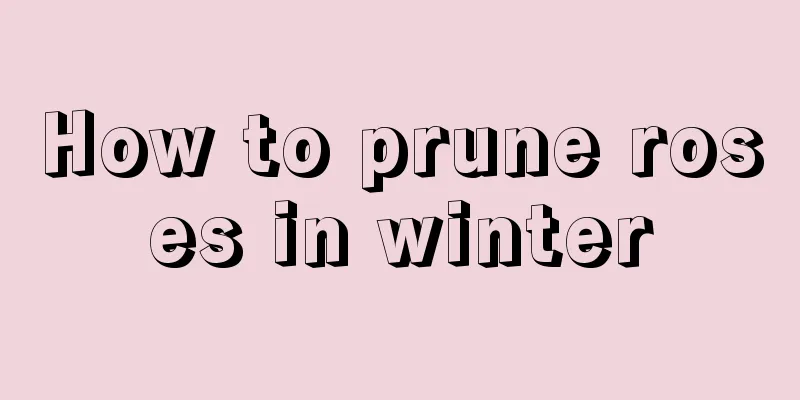Why does the mimosa close when touched? Does the mimosa close at night?

1. The reason why Mimosa closes when touchedMimosa closes when touched, not because it is really shy; it is just a figurative metaphor. In fact, closing its leaves when stimulated by external stimuli is a way of self-protection. Because the growing environment in its place of origin is very harsh, it can only protect itself in this way. So how does the mimosa protect itself? The secret lies mainly in its petiole. There is a special organ called "pulvinus" on the petiole of mimosa, in which grow many thin-walled cells. These cells are very sensitive and will begin to close as soon as they are slightly stimulated by external vibration or touch. Then there is the physiological reaction of the mimosa itself. When its leaves are touched, the cell sap contained in the parenchyma cells in the pulvinus will flow to other places, reducing cell swelling. In this way, the pressure on the parenchyma cells will decrease, resulting in the leaves closing tightly and the petioles drooping. In addition, when the external light is relatively weak, the water in the mimosa pulvinus that supports the leaves to unfold will flow to the gaps on both sides after being affected by external forces, which will also cause the leaves to close. But this phenomenon will not last long and will recover in about two minutes. 2. Will the mimosa close at night?The leaves of mimosa close at night. Because there is no light at night, mimosa needs the right temperature to open its leaves and carry out photosynthesis under the sunlight. However, the temperature is relatively low at night and photosynthesis cannot be carried out. In order to keep warm, the leaves of mimosa will close at night. |
>>: When does the sunflower bloom? Sunflower pictures
Recommend
How to trim Podocarpus to look good
When is the right time to prune Podocarpus? Podoc...
How to trim alum root to look good
When is the right time to prune alum roots? Pruni...
How to cultivate the high-rise trees to make them more vigorous
Growing conditions When growing, the gaojiegao ne...
How long does it take for Chihuahua leaves to germinate?
How long does it take for the succulent Chihuahua...
Can wood ash be directly mixed with soil to grow flowers? What kind of flowers and plants are suitable for growing?
Since wood ash is a potassium fertilizer , applyi...
Can grapefruit trees be potted?
Can grapefruit trees be potted? The pomelo tree c...
How to treat red rice leaves
1. Reasons The redness of rice leaves is caused b...
The reason why the old pile of succulents does not sprout after being cut off
1. Wrong time If the time of pruning is not chose...
Can I fertilize flowers in summer?
Can I fertilize flowers in summer? As the seasons...
How much profit can one acre of lotus root make (lotus root planting cost and benefit analysis)
Lotus root has a crisp, slightly sweet and refres...
Can cigarette ash be used as fertilizer for growing flowers?
1. Can it be used as fertilizer to grow flowers? ...
What to do if the cherry crystal grows too long
What is leggy This brings us to the concept of &q...
What do pomegranate flowers look like? What do pomegranate flowers in full bloom look like?
Pomegranate flower is a plant of the genus Punica...
How long is the growth cycle of figs?
Fig Growth Introduction Figs are suitable for gro...
Can vermiculite be used as flower soil? Is it good to add vermiculite to flower soil?
Can vermiculite be used as flower soil? Vermiculi...









